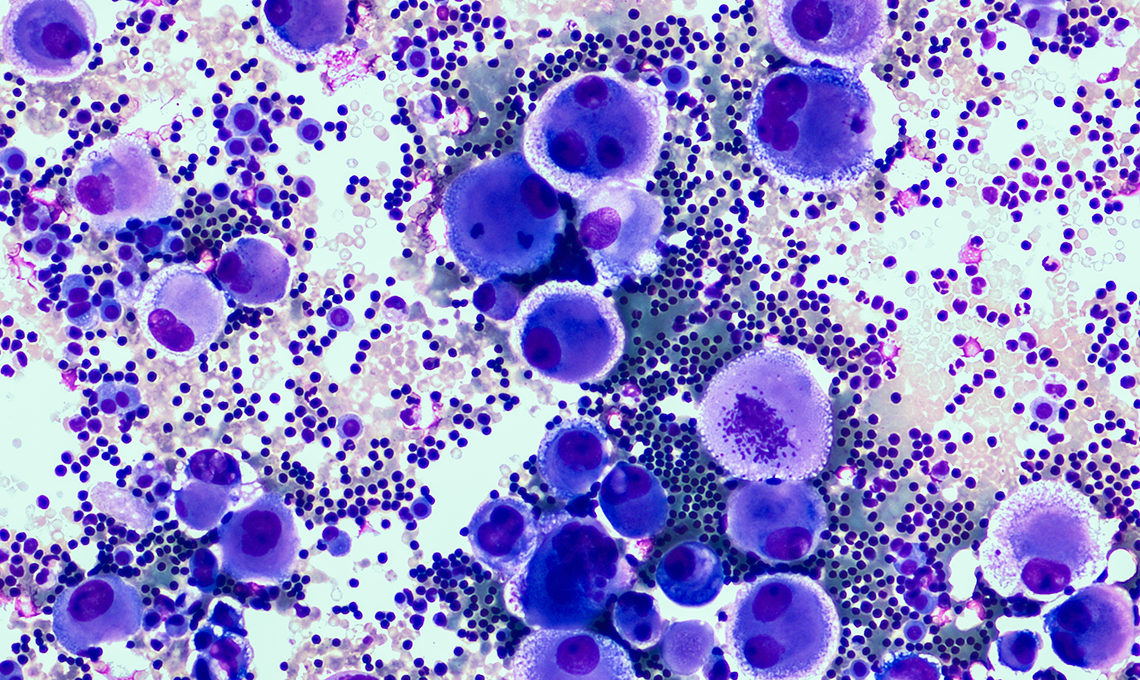
Gold-containing particles target cancer
Drug delivery is the art of bringing medicine to where it is most effective inside the body. This is especially important in cancer therapy, as anti-cancer drugs will most often be harmful not only to the cancer cells but also to healthy tissue.
Finnish researchers have shown that tiny gold-containing particles – so called gold nanoclusters – are well suited for the task. The computations for their studies were performed on the supercomputer Mahti operated by CSC, the national research and education network (NREN) of Finland.
The researchers at the University of Jyväskylä Nanoscience Center chose to focus on gastric cancer, also called stomach cancer. The incidence of this cancer type is rising, and it is one the most aggressive cancers. Gastric cancer has become the third leading cause of cancer death worldwide.
Urgent need for specific treatment
Current therapies are based on chemo drugs acting as potent non-specific intracellular poison to inhibit cell division. They can kill the cancer cells, but at the same time, they are toxic for healthy tissues. Therefore, there is an urgent need for developing more effective treatment methods.
Here, so called gold nanoclusters have emerged as promising for delivery of the active drugs specifically to the cancer cells. These tiny particles can be manufactured to be water soluble, biocompatible and stable. However, a variety of candidate cluster systems exist. In the study, the Finnish researchers designed and characterised a set of 28 targeted nano systems.
The results reveal that the ratio of peptide relative to drug is a crucial factor for the efficiency of the system. The most convenient features were observed when the peptide amount was favoured over the drug in most cases. Further, the system composition and the intermolecular interactions of the ligand shell were demonstrated to be crucial for achieving the desired effect.
Computations optimise experiments
After the simulations, the research continues with laboratory experiments.
“The computational methods provide efficient screening tools to design optimal nano systems and allow selecting the best candidates among many options which optimises resources in the experimental phase that follows,” says postdoctoral researcher Francisca Matus, lead author of the study.
The research marks an extra dimension to the research on gold-containing particles at the Nanoscience Centre.
“This exiting work expands our knowledge and internal collaborations at Nanoscience Center of the University of Jyväskylä to nanomedicine,” comments Professor Hannu Häkkinen, who coordinated the study.
The article was originally published at the CSC website. View the original article.
For more information please contact our contributor(s):

